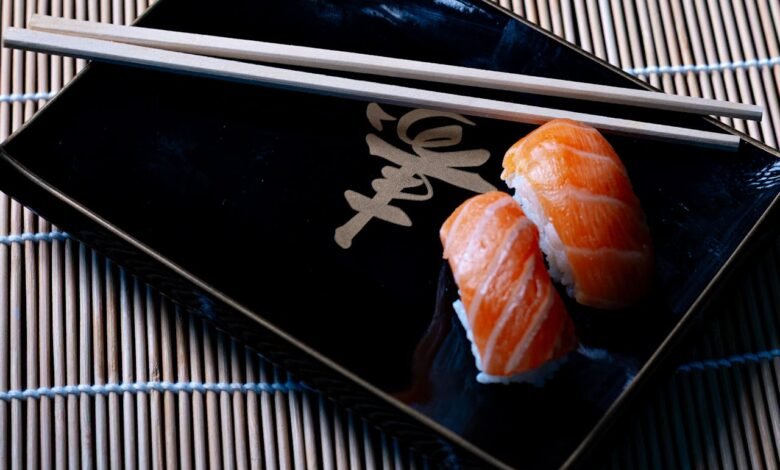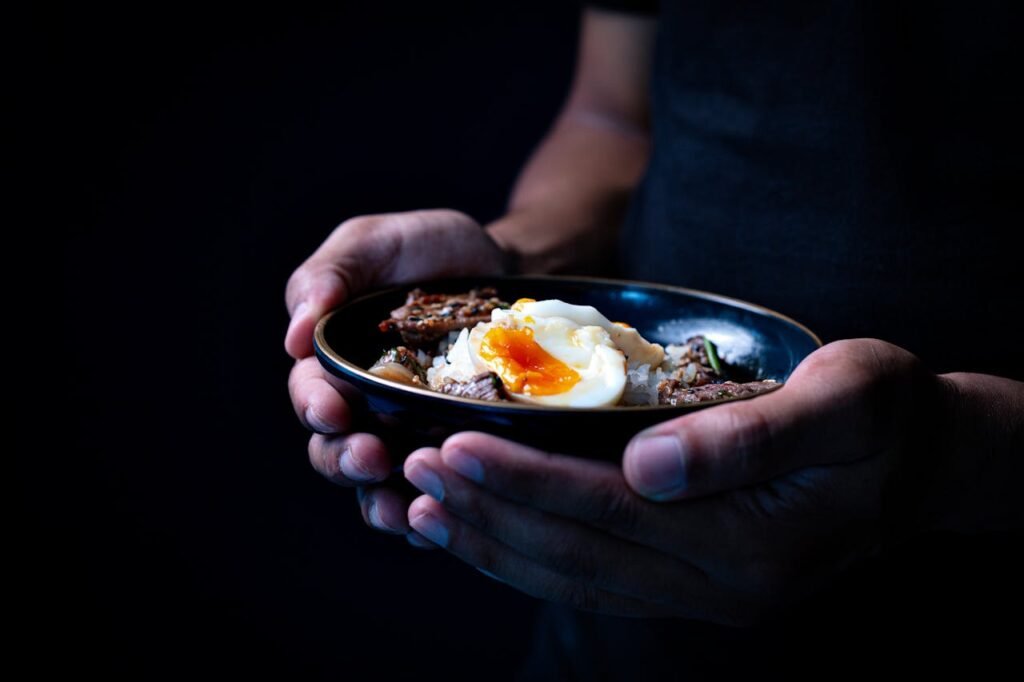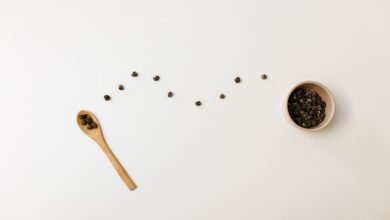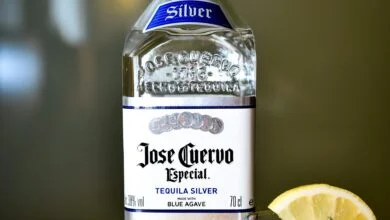Dishwasher Salmon: The Surprising Cooking Hack You Never Knew You Needed

Have you ever considered cooking salmon in your dishwasher? While it might sound bizarre or even risky, this unconventional cooking method has been around for decades and continues to intrigue home cooks looking for novel culinary techniques. Dishwasher salmon is exactly what it sounds like: salmon fillets wrapped in aluminum foil and cooked during a complete dishwasher cycle. This method produces a surprisingly moist and tender fish without any cooking odors permeating your home. As we approach spring 2025, it’s the perfect time to explore this unique cooking hack that combines efficiency with culinary adventure.
The Origins of Dishwasher Cooking
The concept of cooking in a dishwasher isn’t new. In fact, it has quite a fascinating history. The legendary Vincent Price demonstrated how to prepare trout in a dishwasher on “The Tonight Show” with Johnny Carson back in 1975, presenting it as “a dish any fool can prepare”6. The technique gained further popularity when it was featured on “The Surreal Gourmet,” hosted by Bob Blumer in 20026.
The earliest published recipe for dishwasher salmon appears to have come from Sheila Nickerson, a writer from Juneau, Alaska. She contributed the recipe to “Bear Soup And Salmon Mousse,” a community cookbook produced by the Alaska Department of Fish and Game in the 1980s2. Since then, the method has been covered by major publications including The Wall Street Journal, MSNBC, BBC, Vogue, and CBS News6.
In Spain, a dishwasher commercial featured an Italian blogger demonstrating her method of cooking in the dishwasher while simultaneously cleaning dishes. She even wrote an entire cookbook dedicated to dishwasher cooking recipes1. This dual-purpose approach appeals to those interested in sustainable living and energy efficiency.
How Dishwasher Cooking Works
Dishwasher cooking operates on principles similar to sous vide cooking, where food is cooked at a precisely maintained temperature in a water bath. During a dishwasher cycle, the water temperature typically ranges between 130-170°F (54-77°C)7, which is perfect for gently cooking delicate proteins like fish.
The dishwasher subjects the food to multiple cooking methods during a single cycle:
- Boiling (during the wash phase)
- Steaming (during the rinse phase)
- Baking (during the dry cycle)
This combination of cooking methods results in fish that’s evenly cooked, moist throughout, and noticeably less dry on the outside compared to conventional cooking methods2.

The Basic Dishwasher Salmon Recipe
Before diving into the step-by-step process, let’s gather all the necessary ingredients and equipment.
Equipment Needed:
- Dishwasher
- Heavy-duty aluminum foil
- Optional: canning jars for an alternative method
Basic Ingredients:
- Salmon fillets (approximately 6 ounces each)
- Fresh lemon juice
- Salt and pepper
- Optional herbs and seasonings (dill, garlic powder, etc.)
- Optional vegetables (zucchini, red pepper, etc.)
- Butter
Step-by-Step Instructions:
- Rinse and pat dry your salmon fillets.
- Season the salmon with salt, pepper, garlic powder, and dill (or your preferred seasonings).
- If using vegetables, dice them and place them at the bottom of your foil sheets or canning jars.
- Place the seasoned salmon on top of the vegetables (if using).
- Add a tablespoon of butter on top of each fillet and a squeeze of lemon juice.
- If using foil, wrap the salmon tightly in at least two layers of heavy-duty aluminum foil. This is crucial to prevent water or detergent from seeping in. If using canning jars, seal them tightly.
- Place the foil packets or jars on the top rack of your dishwasher.
- Run a normal dishwasher cycle. For extra thorough cooking, include the heated dry cycle.
- When the cycle completes, carefully remove the packets or jars.
- Unwrap the salmon (or open the jars) and serve immediately.
The entire process takes about the same time as a regular dishwasher cycle, typically 1-2 hours depending on your machine1.
Safety Considerations and Best Practices
While dishwasher salmon can be a fun cooking experiment, there are important safety considerations to keep in mind:
Temperature Concerns
Fish needs to reach an internal temperature of 145°F (63°C) to be considered safe for consumption according to food safety guidelines7. Since dishwashers vary in their maximum temperatures, there’s some uncertainty about whether they consistently reach temperatures high enough to kill all potential pathogens.
Wrapping Techniques
The most critical aspect of dishwasher cooking is ensuring your food is properly sealed. Here are some tips:
- Use heavy-duty aluminum foil, not regular foil which may tear
- Double-wrap your salmon for extra protection
- Ensure all seams are tightly folded to prevent water entry
- If concerned about leakage, place the wrapped salmon in a sealed plastic bag for extra protection
- As an alternative to foil, use properly sealed canning jars or vacuum-sealed bags
Dishwasher Settings
Not all dishwasher cycles are created equal for cooking purposes:
- Use the “normal” cycle rather than eco or quick wash settings
- Include the heated dry cycle for more thorough cooking
- Avoid using detergent if you’re only cooking (not washing dishes simultaneously)
- Place the salmon packets on the top rack, away from the heating element
Simultaneous Dish Washing
One of the touted benefits of dishwasher cooking is the ability to clean dishes and cook dinner simultaneously. If attempting this:
- Be extra vigilant about sealing your food packages
- Use heavy-duty foil with multiple layers or sealed jars
- Position food packages away from items that might shift during the cycle and potentially puncture the wrapping
Comparing Dishwasher Salmon to Other Cooking Methods
How does dishwasher salmon compare to other common cooking methods? Let’s examine the differences:
| Cooking Method | Cooking Time | Temperature Control | Moisture Retention | Energy Efficiency | Convenience |
|---|---|---|---|---|---|
| Dishwasher | 1-2 hours | Limited | Excellent | High (if washing dishes simultaneously) | No monitoring required |
| Oven Baked | 12-15 minutes | Good | Moderate | Moderate | Requires preheating and monitoring |
| Pan Seared | 6-8 minutes | High | Low to moderate | Moderate | Requires active cooking |
| Poached | 10-12 minutes | Good | Excellent | Moderate | Requires preparation of poaching liquid |
| Sous Vide | 30-45 minutes | Excellent | Excellent | Low to moderate | Requires specialized equipment |
| Grilled | 8-10 minutes | Limited | Low | Moderate | Requires preheating and monitoring |
As the table shows, dishwasher salmon excels in moisture retention and convenience, though it takes significantly longer than conventional methods.
Benefits of Cooking Salmon in Your Dishwasher
Despite the unusual nature of this cooking method, there are several genuine advantages:
Energy Efficiency
When you cook salmon while simultaneously washing dishes, you’re essentially getting two tasks done with one energy expenditure. This “piggybacking” approach appeals to environmentally conscious cooks12.
No Cooking Odors
One of the most frequently cited benefits is the complete absence of fish odors in your kitchen. The sealed packets contain all the smells that typically permeate your home when cooking fish2.
Perfectly Moist Results
Many home cooks struggle with overcooking salmon, resulting in dry, tough fish. The gentle, consistent temperature of dishwasher cooking helps prevent this common problem, producing evenly cooked, moist fish2.
Hands-Off Cooking
Once you’ve prepared and sealed your salmon packets, you can simply start the dishwasher and walk away. There’s no need to monitor cooking times or temperatures, making it ideal for busy households12.
Novelty Factor
Let’s not discount the fun and conversation-starting aspects of this technique. Serving guests dishwasher salmon makes for an entertaining dinner party story2.
Creative Variations on the Basic Recipe
The basic dishwasher salmon recipe can be customized in numerous ways:
Flavor Profiles
- Mediterranean: Add olive oil, lemon slices, oregano, and capers
- Asian-Inspired: Include soy sauce, ginger, garlic, and a touch of honey
- Herb Garden: Combine fresh dill, parsley, chives, and a splash of white wine
- Spicy: Add sliced jalapeños, cayenne pepper, and lime juice
- Sweet and Savory: Include maple syrup, Dijon mustard, and rosemary
Accompaniments
Consider adding these vegetables or fruits to cook alongside your salmon:
- Thinly sliced zucchini
- Cherry tomatoes
- Asparagus spears
- Lemon or orange slices
- Fresh apricots (as suggested by Sheila Nickerson’s original recipe)2
Serving Suggestions
Dishwasher salmon pairs beautifully with:
- Steamed rice
- Quinoa salad
- Roasted potatoes
- Fresh garden salad
- Crusty bread for soaking up the flavorful juices
Beyond Salmon: Other Dishwasher-Friendly Foods
While salmon is the most popular dishwasher-cooked food, other items can also be prepared this way:
- Other Fish: Trout, cod, or any delicate white fish
- Vegetables: Asparagus, green beans, or carrots
- Fruits: Poached pears or apples
- Eggs: Soft-cooked eggs in their shells
- Pasta: Al dente pasta in sealed jars with sauce
However, it’s important to note that foods requiring higher cooking temperatures (like chicken or pork) are not recommended for dishwasher cooking due to food safety concerns7.
Expert Opinions and Controversies
Not everyone agrees that dishwasher cooking is a good idea. Let’s examine different perspectives:
Proponents
Culinary experimenters like Bob Blumer have championed the technique, demonstrating it on television and in cookbooks. Food writers who have tested the method often express surprise at how well the salmon turns out, with one noting that it was “moist throughout, instead of noticeably drier on the outside, which is what usually happens when I cook salmon”2.
Critics
On the other hand, food safety experts and appliance manufacturers have raised concerns:
- The Association of Home Appliance Manufacturers (AHAM) advises against cooking in dishwashers, citing potential bacterial growth, contamination risks, and fire hazards13.
- Food safety specialist Ben Chapman from North Carolina State University has questioned whether dishwashers consistently reach temperatures high enough to kill pathogens like Salmonella7.
- Dishwasher manufacturers generally don’t recommend using their appliances for cooking, as they’re not designed or tested for this purpose6.

Environmental and Practical Considerations
From a sustainability perspective, dishwasher cooking presents an interesting case:
Pros:
- Combines two tasks (cooking and dish washing) into one energy expenditure
- Eliminates the need to use additional cooking appliances
- Reduces cooking-related water usage if combined with dish washing
Cons:
- Running a dishwasher solely for cooking uses approximately 5 gallons of water per cycle13
- The extended cooking time (1-2 hours) may not be practical for everyday meals
- Uncertainty about consistent temperature control raises food safety questions
Frequently Asked Questions
Is cooking salmon in the dishwasher safe?
While many have successfully cooked salmon in dishwashers without issues, food safety experts express concerns about consistent temperature control. To minimize risks, ensure your salmon is fresh, properly sealed, and that your dishwasher reaches adequate temperatures during its cycle.
Will my salmon taste like dishwasher detergent?
No, provided you’ve properly sealed your salmon. Double-wrapping in heavy-duty foil or using sealed jars prevents detergent from reaching the food. Many who’ve tried this method report no detergent taste whatsoever.
Can I wash dishes and cook salmon at the same time?
Yes, this is one of the main advantages cited by proponents. Just ensure your salmon is very securely wrapped to prevent any contamination from dishwater or detergent.
How do I know when the salmon is done?
After a complete dishwasher cycle, the salmon should be opaque and flake easily with a fork. If you’re concerned about doneness, use a food thermometer to check that the internal temperature has reached 145°F (63°C).
What if my dishwasher doesn’t have a heated dry cycle?
While the heated dry cycle provides additional cooking, a standard wash cycle should still cook the salmon adequately. If concerned, you could run a second rinse cycle for additional cooking time.
Is dishwasher cooking energy efficient?
It can be if you’re washing dishes simultaneously. Running a dishwasher solely for cooking is less efficient than using conventional cooking methods.
What’s the best type of salmon to use?
Any salmon fillet works well, though thinner cuts (about 1-inch thick) cook more evenly. Both farm-raised and wild salmon can be used successfully.
Conclusion
Dishwasher salmon represents a fascinating intersection of culinary experimentation, convenience, and sustainability. While it may never replace conventional cooking methods for everyday meals, it offers a unique approach that produces surprisingly good results while generating interesting dinner conversation.
As with any unconventional cooking method, proper technique is crucial. The key to successful dishwasher salmon lies in proper wrapping and sealing to protect the fish during the cycle. When done correctly, the result is deliciously moist, evenly cooked salmon without any fishy odors permeating your kitchen.
Whether you try this method out of curiosity, for its novelty factor, or as part of a sustainable cooking approach, dishwasher salmon demonstrates that culinary innovation can be found in the most unexpected places—even in your kitchen’s cleaning appliances. As we continue to seek creative solutions for efficient, sustainable living in 2025 and beyond, perhaps more of us will discover the surprising potential of cooking with appliances designed for entirely different purposes.
So the next time you’re loading your dishwasher, consider adding a well-wrapped salmon fillet to the top rack. You might be pleasantly surprised by the results of this unusual cooking hack.



